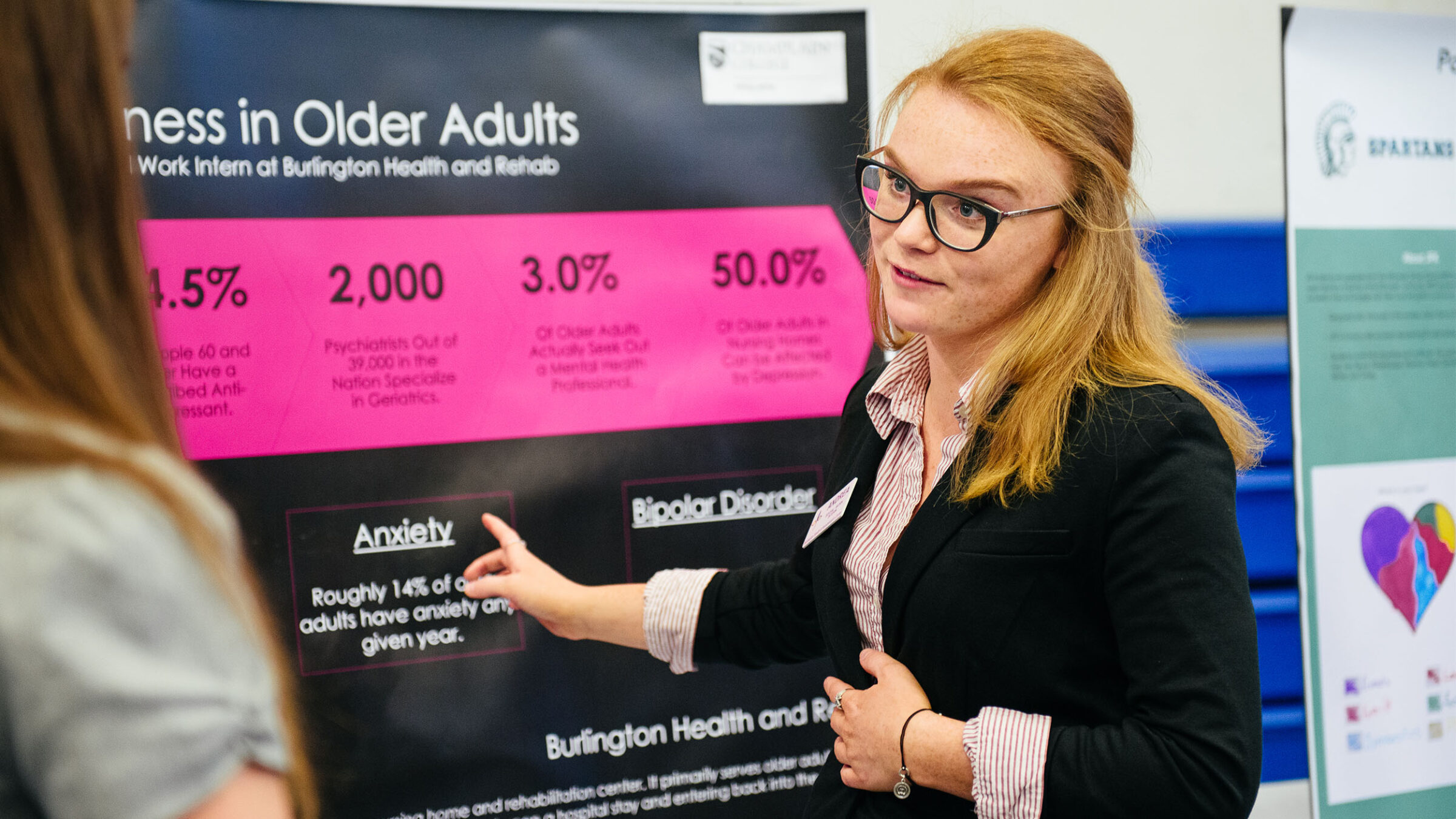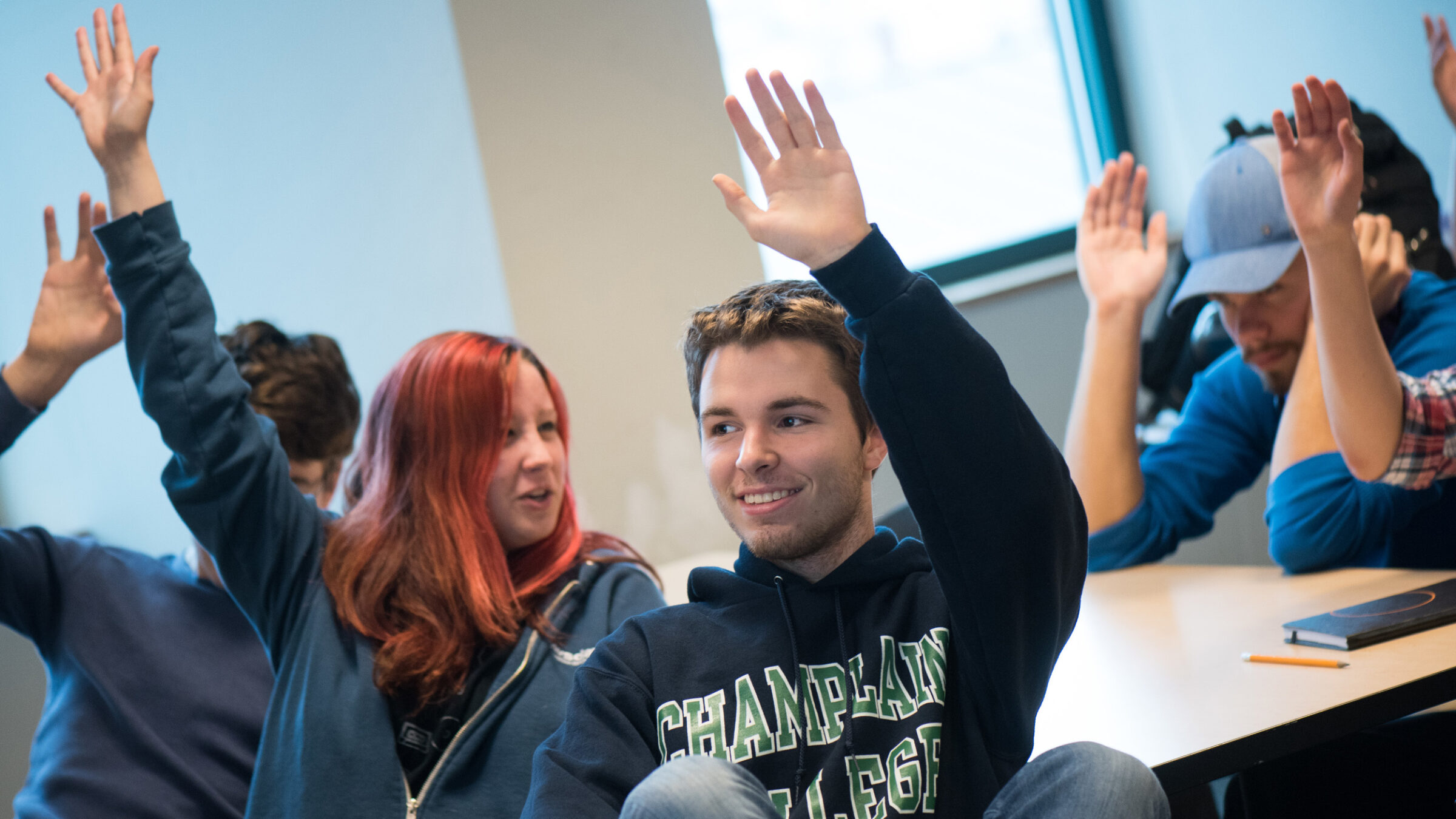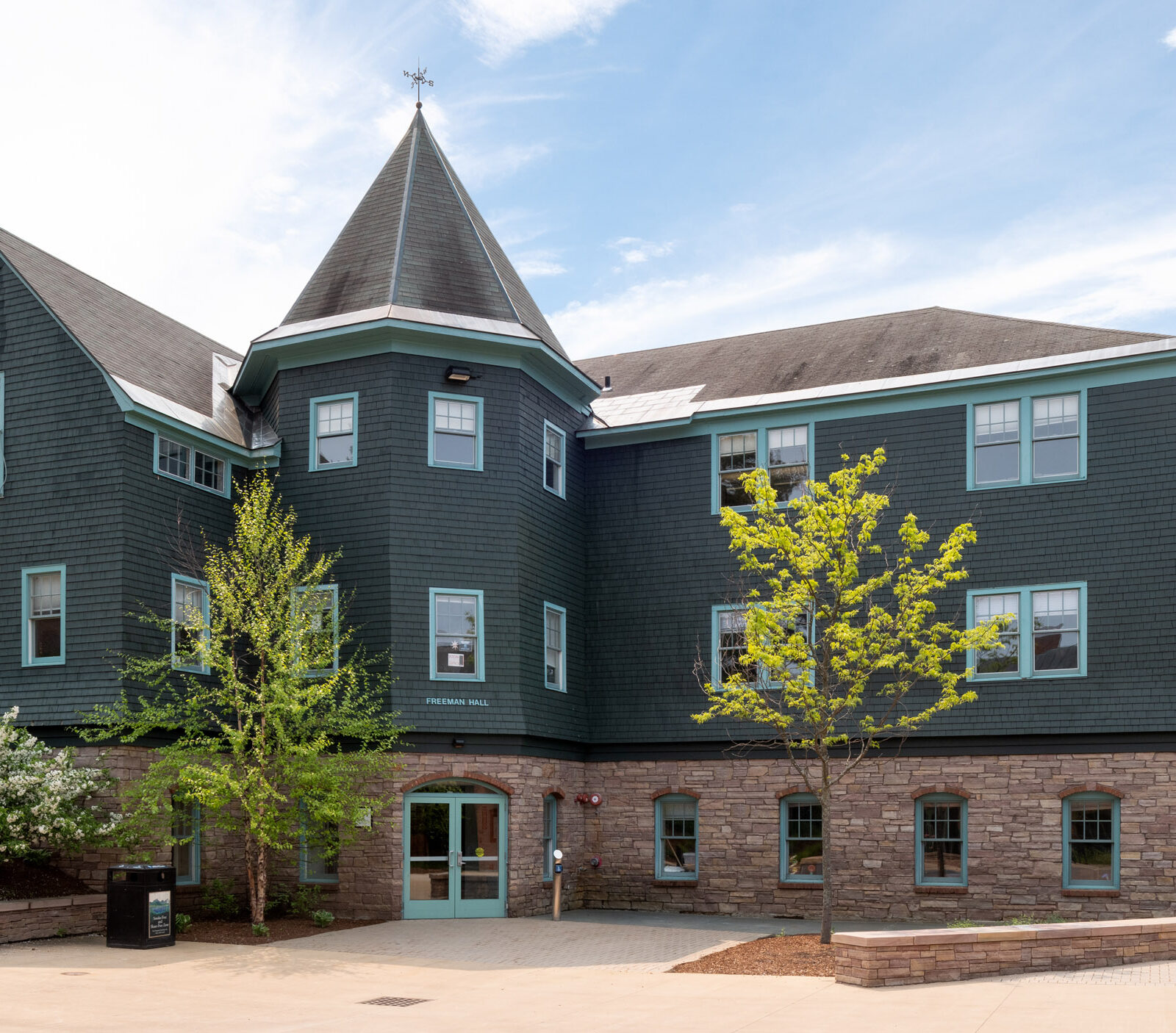Psychology Degree
Study human motivations in a career-focused Psychology major that prepares you for this dynamic field.

Transform Your Understanding of Human Behavior Into Career Success
-
What is Psychology?
The Science Behind Human Decisions
Psychology explores why people think, feel, and behave the way they do—insights that are invaluable in nearly every industry. You’ll develop skills to analyze behavior patterns, understand motivation, and implement evidence-based strategies that drive results in professional settings.
Through hands-on projects and research, you’ll learn to apply psychological principles to real-world challenges in business, healthcare, education, and community development—preparing you for immediate career success.
-
Why Study Psychology at Champlain?
Experience the Champlain Advantage
Our Upside-Down Curriculum puts you in psychology courses immediately—not after two years of general education. You’ll benefit from:
- Immediate application of psychological concepts in real-world settings
- Small classes led by faculty who are practicing professionals
- Integrated career development starting in your first year
- Hands-on research opportunities typically reserved for graduate students
- A supportive campus community that fosters professional connections
In our student-centered program, faculty mentors help you discover your specific interests and guide you toward the psychology career path that matches your goals and strengths.
-
What will I learn while studying Psychology?
By the time you graduate, you will…
- Apply ethical principles to professional situations using American Psychological Association standards
- Implement psychological concepts and theories to solve workplace and community challenges
- Analyze situations using culturally-informed perspectives essential in today’s diverse environments
- Design and conduct research that delivers actionable insights for organizations and clients
- Develop evidence-based intervention strategies that address real human needs

Why Study at Champlain?
Two Required Internships
Graduate with professional psychology experience already on your resume. Our program includes two required internships—one in your second year and another in your fourth year—giving you hands-on experience employers value.
Proven Success Metrics
Our psychology graduates achieve a 100% career success rate within six months of graduation, with 95% either employed or continuing their education over the past six years.
Built-In Career Support
Early in your studies, faculty integrate Career Collaborative services into the classroom to build both your professional experience and confidence.
Facts & Stats
of Psychology graduates in the Class of 2024 achieved career success within six months after graduation.
The annual median salary of psychologists in 2024, according to the U.S. Bureau of Labor Statistics.
Sample Courses in the Psychology Degree
Our curriculum builds both theoretical understanding and practical application skills that employers value. You’ll take courses in:
Your Career Outlook
You’ll Find a Career In…
- Clinical psychology
- Addiction & intervention strategies
- Marketing & advertising
- Product design & development
- Child psychology & family counseling
- Neuroscience research
- Law enforcement & criminal justice
Latest News from The View
More Inside Psychology Degree
-
Overview
Study human motivations in a career-focused Psychology major that prepares you for this dynamic field.
-
Curriculum
Your career in psychology begins now with Champlain’s Upside-Down Curriculum. Discover the difference that doing on day one has on your success.
-
Faculty
Learn more about the experienced professionals leading Champlain College's psychology program who are dedicated to teaching and mentoring you.
-
Learning Outcomes
Uncover the secrets of how the human mind functions with Champlain College's Psychology program.


